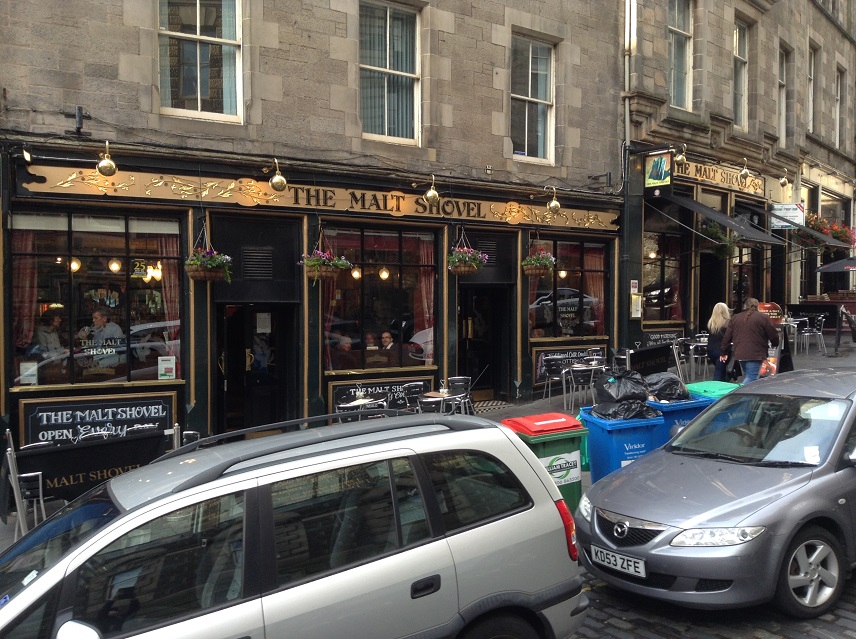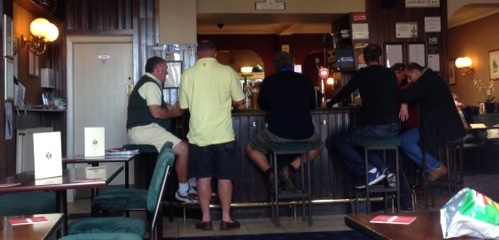
The Golfer’s Rest in North Berwick, East Lothian. When we sat down on the bay window sofa cushions, I said to the kids “now, this is a pub” by which I meant a space that had the feel of a shared public rec room combined with a well managed courteous corner store. With beer. There are analogies to North American spaces but they don’t always have strong drink. The nearest comparison in Canada is more the Tim Horton’s coffee shop in a small town than a bar. Places where all sorts of people meet. The guys at the bar were discussing their latest golf games as well as great golf moments. No different than a bunch of rec leaguers anywhere. I wish I had a pub like this in my life.






A bit of a photo essay. To help me think about the things I liked on the trip as well as the things I thought about. This being a family vacation centered on visiting more family, there was not all that much bouncing around my brain about beer, frankly, but there was a bit. I can’t get over how good it is to have flavorful reasonably bodied hop-shy beers of under 4% readily available. For me, the only measure of strength is milliliters of pure alcohol in the glass or bottle in front of me. Having the option of a 500 ml or pint of roughly 20 ml strength beer is a treat. Deuchars IPA at 3.8% kept my attention a couple of times as did the lowly rated EPA I had with my Balmoral chicken at a pub on Rose Street in Edinburgh called 1780. It was great to have a glass of beer then continue with the unending march that was the holiday. Made me wonder if the current US trend towards low alcohol high hop beers is a last ditch effort to avoid the difficulty of making the lighter UK style beers that more people would likely find attractive.


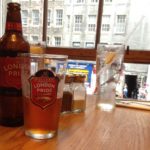



I am not sure that I like sparkers all that much but it was not a strong impression for me. I have come to think that I don’t really yearn for more Wetherspoon experience. The rules were too much for me. The numbered tables. Maybe my brief experience was not representative so consider that should you actually ever make the mistake of relying on my view. I did learn I like Timothy Taylor. I had three pints over the time I was there. I passed up a very good glass of Côtes du Rhône Villages to have another pint with my lamb chops. Yet, I also had a very good pint of Carling. I was so surprised I had another and confirmed my impression. Was it the company of my cousin-in-law Jim and the chat with his pal the owner at the Ye Olde Anchor, built in 1707 in my mother’s hometown? Who knows? It was a rich experience walking around the streets, seeing pubs like the one grandfather barred my cousin from taking my brother to in 1977. And the one that was the start and finishing place of a majestic 14 hour bender with another cousin in 1986. Or was it just the fact that in all these settings the beer was not the primary function of what was going on. I did, after all, see BrewDog in Edinburgh and passed it by – not out of disinterest as the fact that, as was often the case, there was likely another better thing to do. In that case, The Holyrood 9A was the better thing.



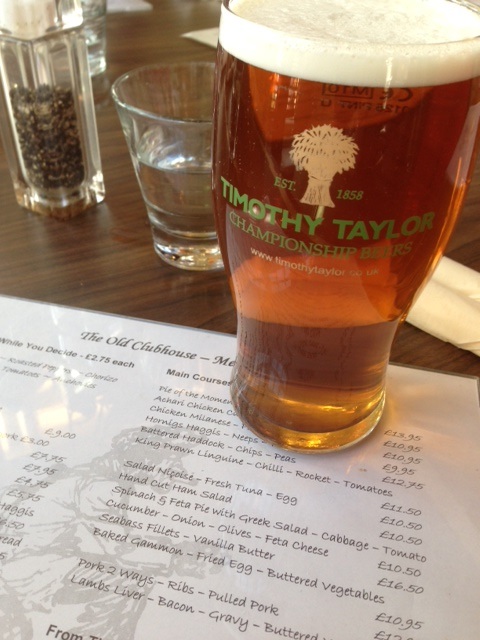 If you like the sort of holiday that gets you familiar with a small patch with lots to do – like, say, Montreal – I can’t recommend Edinburgh and the Lothian area more highly. Even for almost two weeks. It’s not just about the golf, either. We spent three hours in the Scottish National Museum in the early section and had to explain to the kids that in all that time we had not really seen anything related to the clan given that we only came to Scotland in 1250 AD. The city during the Fringe Festival was as animated as I have seen in a community. One real treat was the trip out to Bass Rock on the boat run by the Scottish Seabird Centre. And, as you can see, there was beer, Puffin Best Bitter. A good low strength tasty pint that in no way interfered with the rest of the day’s to do list. A beer that functioned exactly like a cup of tea. It refreshed and set one up for whatever was next. Who knew? It made me realize how little I like the idea of “session beer” with all due respect as I wanted one of these when I was not having a session. It’s not like there’s a need to label something session tea.
If you like the sort of holiday that gets you familiar with a small patch with lots to do – like, say, Montreal – I can’t recommend Edinburgh and the Lothian area more highly. Even for almost two weeks. It’s not just about the golf, either. We spent three hours in the Scottish National Museum in the early section and had to explain to the kids that in all that time we had not really seen anything related to the clan given that we only came to Scotland in 1250 AD. The city during the Fringe Festival was as animated as I have seen in a community. One real treat was the trip out to Bass Rock on the boat run by the Scottish Seabird Centre. And, as you can see, there was beer, Puffin Best Bitter. A good low strength tasty pint that in no way interfered with the rest of the day’s to do list. A beer that functioned exactly like a cup of tea. It refreshed and set one up for whatever was next. Who knew? It made me realize how little I like the idea of “session beer” with all due respect as I wanted one of these when I was not having a session. It’s not like there’s a need to label something session tea.
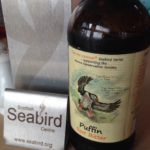
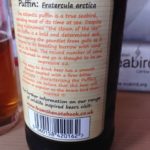
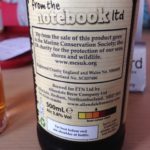
What did I learn? I learned that I might want to change a few things but that I come from people from a great place and also that I am lucky that my parents decided to make the jump across the ocean, too. I also learned that it’s only twelve hours door to door. A taxi, a plane, another plane, a bus, a train, a bus and a half a block’s walk in fact. Thinking already about a repeat soon.
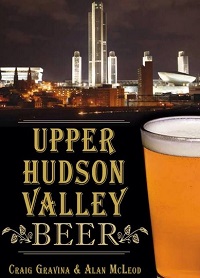 This is a pretty interesting bit of news in the New York Post:
This is a pretty interesting bit of news in the New York Post:




















